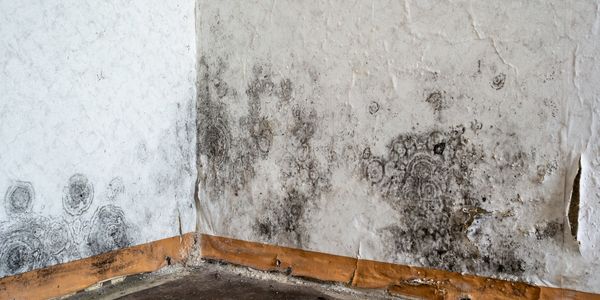Additional Services

Radon Testing
Radon testing in real estate transactions involves measuring the levels of the colorless, odorless gas that can seep into buildings from the soil, posing health risks like lung cancer. Our testing methods include short-term conducted by a NJ Licensed professional. Results are interpreted based on EPA guidelines, with levels exceeding 4 pCi/L typically requiring mitigation measures like ventilation systems. Documentation of testing and any mitigation is crucial for the transaction records, ensuring the safety of occupants and compliance with regulations.

Wood-Destroying Insect Inspections
A insect inspection is a thorough examination of a property to assess the presence of termites and other wood-destroying insects. We inspect both the interior and exterior of the building, including crawl spaces, basements, attics, and structural elements for signs of termite activity such as mud tubes, damaged wood, or discarded wings. This inspection aims to identify any current infestations or damage caused by WDI's, as well as conditions conducive to future infestations. Results are documented in a NPMA-33 report, which may include recommendations for treatment or mitigation if activity is found.

Sewer Line Inspection
A sewer line inspection is a specialized evaluation using a camera to assess the condition of the main waste line from the home to the street or septic system. This inspection identifies issues like root intrusion, blockages, cracks, or pipe collapse—problems that can lead to costly repairs if left undetected. It's a crucial step in the real estate process to protect both buyers and sellers from unexpected liability.

Oil Tank Sweep
An oil tank sweep is a process conducted during real estate transactions to detect underground storage tanks (USTs) used for storing oil. We use specialized equipment such as metal detectors and probing rods to scan the property for buried tanks or evidence of previous tank removal. This inspection is essential to identify any potential environmental hazards, such as leaks or soil contamination, associated with underground tanks, providing peace of mind to both buyers and sellers and ensuring compliance with environmental regulations.

Fireplace Inspection
A fireplace inspection is a comprehensive evaluation of the fireplace and chimney system, specifically the flue lining (venting) system. During the inspection, our CSIA trained inspectors use specialized tools and equipment to thoroughly examine the interior and exterior of the chimney, as well as accessible portions of the heating appliance. This inspection involves assessing the condition of the chimney liner, flue, damper, smoke chamber, and other components for any damage, deterioration, or blockages that could pose safety hazards or affect the performance of the fireplace. The findings of the inspection are documented in a report, which may include recommendations for repairs or maintenance to ensure the safe and efficient operation of the fireplace system. HEATING VENT CONNECTIONS ARE NOT TAKEN APART AS PART OF OUR INSPECTION.

Mold Testing
Mold is present in every home, however elevated levels can lead to potential health concerns if not addressed. If necessary, we offer air-sampling to identified possible hidden concerns that may not be visible during the home inspection. Additionally, direct samples can be taken (if accessible) to identify specific types of mold and their potential dangers. Results from mold testing are documented in a report, which may include recommendations for remediation or mitigation measures to address any identified mold issues, ensuring the safety and health of the occupants.

Thermal Imaging Scan
A thermal imaging scan involves the use of infrared cameras to detect variations in temperature throughout the home's interior and exterior surfaces. These cameras capture images that represent the heat patterns emitted by different materials, allowing inspectors to identify potential issues such as water leaks, insulation deficiencies, electrical hotspots, and areas of energy loss. THIS SERVICE IS INCLUDED WITH EVERY KFHI HOME INSPECTION AT NO COST.
This website uses cookies.
We use cookies to analyze website traffic and optimize your website experience. By accepting our use of cookies, your data will be aggregated with all other user data.
